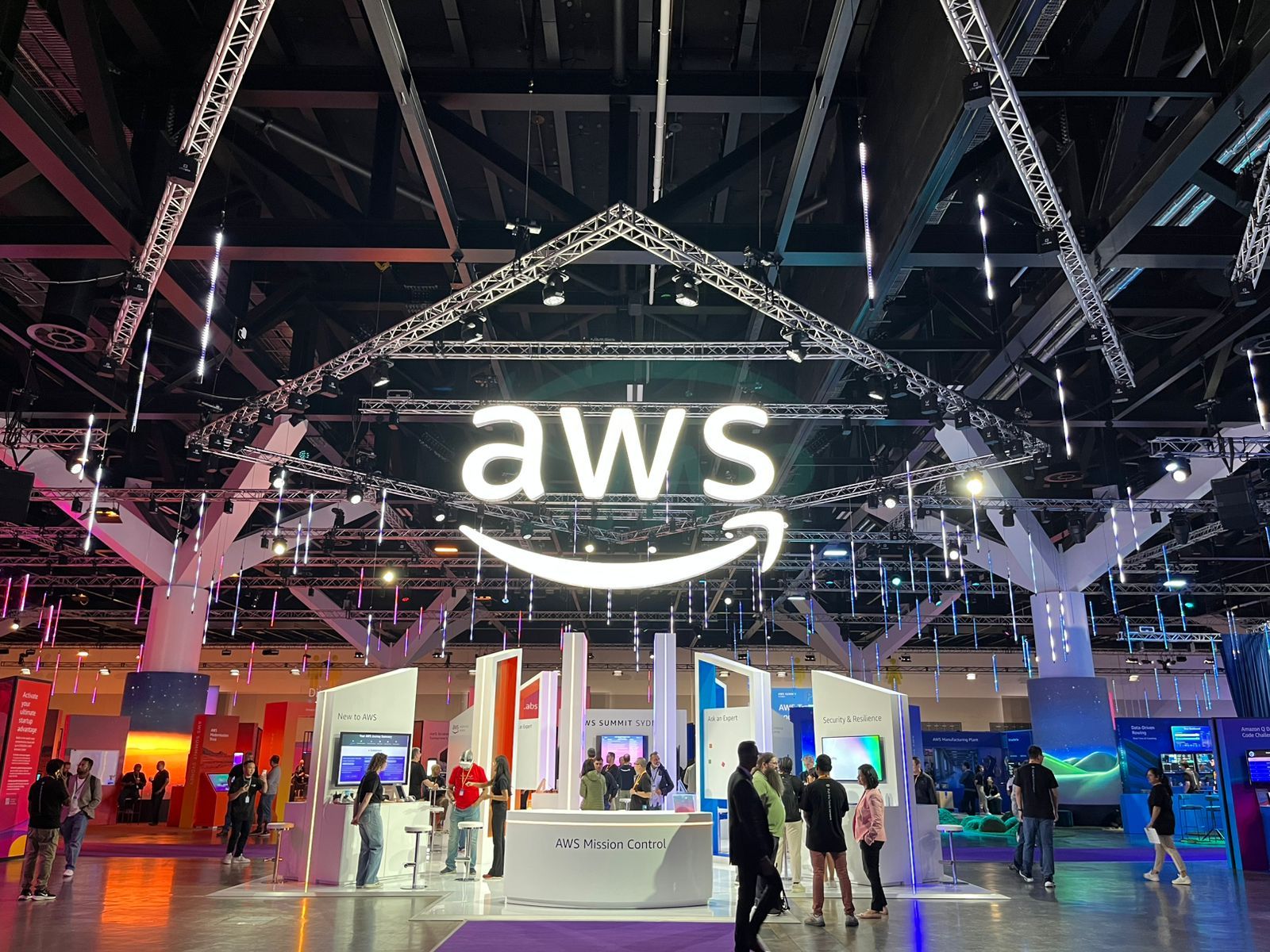
Amazon Web Services Outage Disrupts Major Platforms Worldwide
Global Internet Infrastructure Faces Hours of Downtime
An unexpected Amazon Web Services outage temporarily disrupted large portions of the internet, taking down high-traffic platforms including Coinbase, Zoom, Signal, and Fortnite. The disruption also affected Amazon’s own services such as Ring, impacting millions of users and enterprises globally.
Amazon confirmed the issue began around 3 a.m. on the U.S. East Coast and was linked to Domain Name System (DNS) failures, the system that translates web addresses into IP addresses. While the company later said the incident had been “fully mitigated,” the multi-hour downtime exposed broad dependence on AWS for core hosting functions.
DNS Failure Broke Connections Across Sectors
DNS infrastructure underpins virtually every online transaction, from loading websites to enabling cloud applications. The Amazon Web Services outage produced broken connections across businesses, banks, and some government portals. DNS faults can be slow to clear because global caching and resolution chains must update.
Amazon has not disclosed root-cause details. The incident highlights how a localized DNS failure can cascade rapidly across dependent services and markets.
Historical Context: Repeated Systemic Failures
This outage follows past large incidents. In 2024, a flawed update by a cybersecurity vendor caused widespread computer crashes and outages that disrupted airports and services for days. In 2021, a malfunction at a DNS provider disabled major sites including FedEx and gaming networks for several hours.
These events collectively show how concentrated dependencies on a small set of infrastructure providers create systemic risk.
Enterprise Implications: Resilience Over Efficiency
For enterprises, the Amazon Web Services outage reinforces the need to design for resilience. Key measures include multi-region redundancy, hybrid or multi-cloud architectures, active failover testing, and mature incident response playbooks. These controls reduce single points of failure and limit business interruption.
Operational leaders should also review DNS configurations, caching policies, and third-party dependencies. Regular tabletop exercises and automated failover validation help ensure plans work under pressure.
A Wake-Up Call for Internet Architecture
The Amazon Web Services outage underscores that scale and sophistication do not eliminate systemic fragility. As digital ecosystems grow, so do the consequences of concentrated failure modes. Organizations and infrastructure providers must advance redundancy, transparency, and tested recovery mechanisms.
How should enterprises rebalance centralized efficiency against the operational need for distributed resilience?
Explore Business Solutions from Uttkrist and our Partners’, Pipedrive CRM [2X the usual trial with no CC and no commitments] and more uttkrist.com/explore



